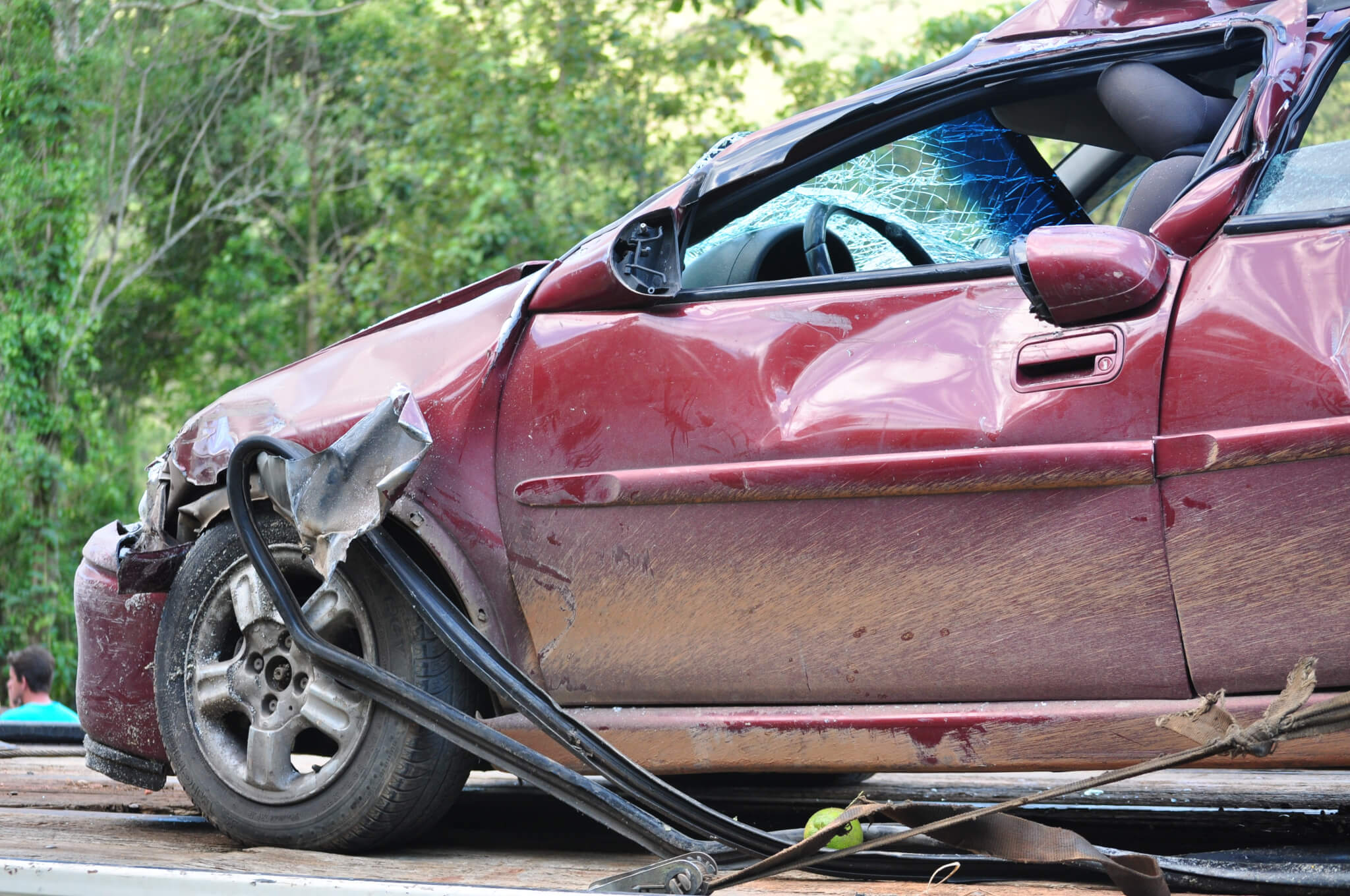MILWAUKEE, Wis. — Car accidents can be painful and life-threatening for anyone involved, but a new study finds that women may have even more to worry about. Researchers from Medical College of Wisconsin examined trauma injury patterns and found significant differences in the injuries men and women suffer during car wrecks. Specifically, women were more likely to go into shock following an accident.
Study authors believe this report could drive a shift toward more inclusive safety standards that consider the physiological differences between genders. Researchers reviewed information from the National Trauma Data Bank, focusing on patients 16 and older who suffered abdominal and pelvic injuries in car crashes between 2018 and 2021.
They found that women are more likely to experience severe injuries in these areas compared to men, even under less severe circumstances. Women were found to enter shock — a critical condition where the body’s organs start to fail due to insufficient blood flow — with less severe injuries than their male counterparts.
Shock index, a measure used by doctors to quickly assess the severity of a patient’s condition based on heart rate and blood pressure, was higher in women for most types of injuries studied. This suggests that women’s bodies may respond differently to trauma or that they may be more vulnerable to certain injuries due to how safety equipment interacts with their bodies.
“These novel findings of sex differences in shock index mean we need to look further into how and why this is happening,” says study first author Dr. Susan Cronn, a researcher at the Medical College of Wisconsin, in a media release.

The study, published in the journal Frontiers in Public Health, emphasizes the need for vehicle safety research and design to adopt a sex-equity framework. This means recognizing and addressing the physical differences between men and women when developing safety features. Historically, crash dummies used in vehicle testing have been based on the average male body, which overlooks critical differences in body structure, composition, and potentially, injury response between genders.
Researchers argue that current safety standards may not adequately protect female occupants, as evidenced by the higher risk of shock and specific injury patterns seen in women. For example, women suffered more from pelvic and liver injuries across all severity levels. This could be related to how seat belts and other safety mechanisms fit and protect bodies of different shapes and sizes.
“Our findings might mean that women’s bodies have less capacity to function when physiological changes occur, that some injuries have more impact on female bodies, or that female bodies handle blood loss differently than male bodies,” explains Dr. Cronn. “It might also be that we have been assuming that normal vital signs are the same for everyone regardless of sex, and that we need to re-visit our definition of normal.”
For the average driver or passenger, these findings underscore a vital public health issue: vehicle safety is not one-size-fits-all. While cars have become safer over the years, the benefits of these advancements have not been equally distributed across all demographics.
Researchers say the study’s conclusions are a call to action for car manufacturers, safety regulators, and researchers. By incorporating sex-specific data into crash testing and vehicle design, the industry can develop safety features that protect all occupants more effectively. This could mean revisiting the design of seat belts, airbags, and even the positioning of car seats to ensure they accommodate the diverse body types and physiologies of all drivers and passengers.
“We hope that we can delineate the impact of sex on crash injury further, so that vehicle safety engineering can consider important male and female body differences in their design, and that they provide insight for legislation and regulations as needed for equity in car safety design,” notes Dr. Cronn.

Wow! Just Wow! Spent time reviewing injury data for the military. Most studies in fact show women are more likely to survive accidents, gunshots.., and the main reason is that they were found to be less likely to go into shock than males. If I remember right women were able to survive a blood loss of almost double males before going into shock. Men would go into shock at about 20% blood loss and women could lose up 40% of their blood volume before going into shock. There was even a time where equal rights advocates used this as an argument for drafting women into service. As they are most likely to survive combat accidents etc.
This study does not address height or weight differences between men and women which could account for differences in injuries sustained. They appear to jump straight to differences is sex without regard for other factors.
This article is total utter BS. Insurance companies drive the train on auto safety. Apparently, the “author” of this article doesn’t have the most elementary understanding of how this works. The cost to insure a car is based on the car’s value and it’s ability to protect it’s occupants. This means that the safer the car, the lower the cost to insure it. This simple fact provides a tremendous incentive for car manufacturers to get this right. This is the reason autos are infinitely more safe than they were 50 years ago. In other words, cars are rigorously tested for safety and the related performance metrics documented for review by insurance companies et. al. Yet the “author” claims more “inclusive safety standards” are needed!! It’s hard to believe anyone can be this clueless.